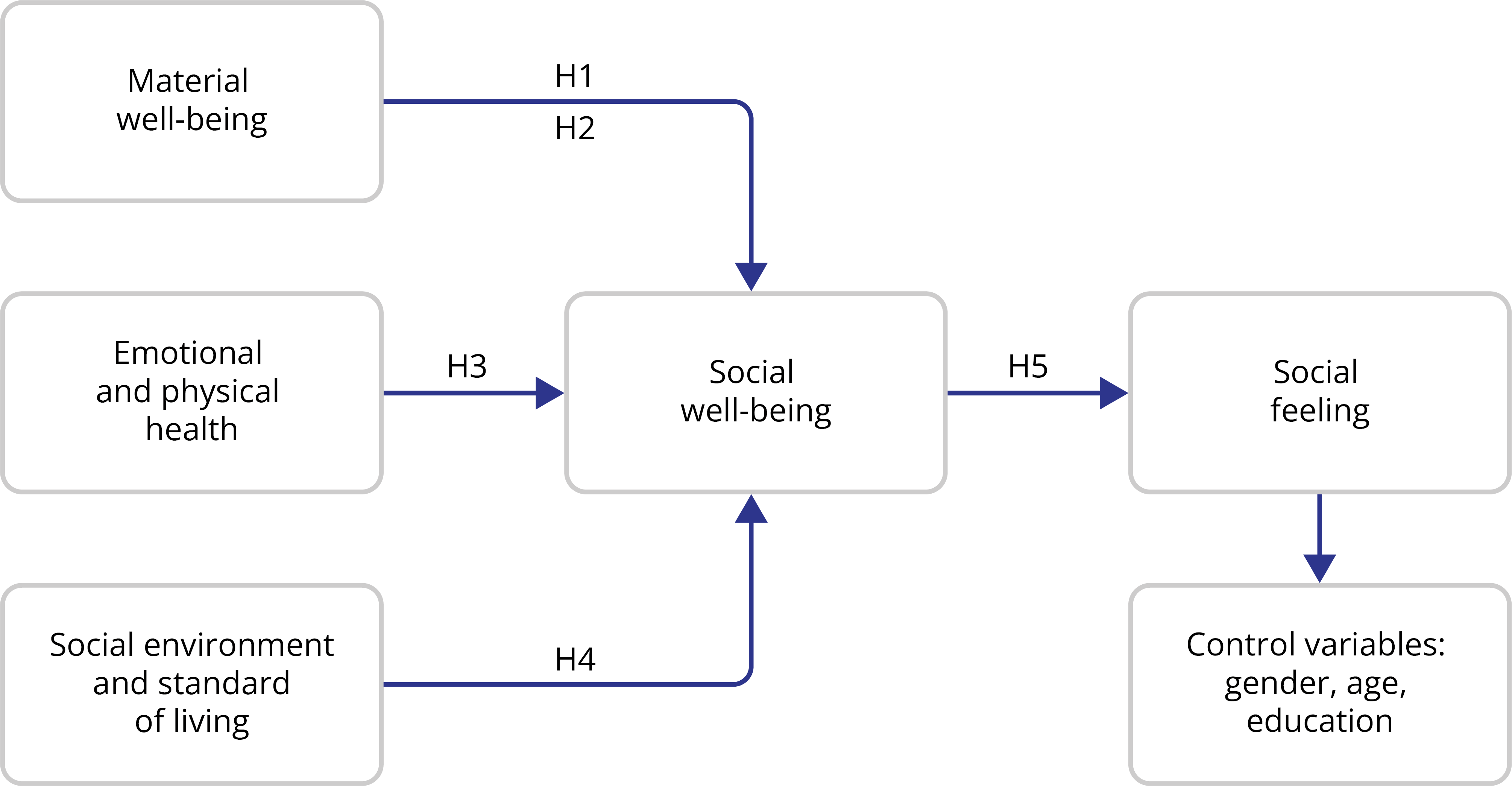Skip to main content
Skip to footer
Methodology
Indicators and indicators of the adaptive index of social well-being in the regions of Kazakhstan
Economic indicators
- Gross regional product per capita
- Investments in fixed assets
- Growth rate of average per capita nominal money incomes of the population
- Self-employed, human (productive/unproductively employed)
- Employees, persons
Standard of living indicators
- Index of real money income (in % of the corresponding period of the previous year)
- Share of the population with incomes below the subsistence level, %
- Fund ratio (ratio of 10% of the most and 10% of the least well-off population), times
- Depth of poverty
Education indicators
- Gross enrollment ratio of children in pre-school education and education
- Gross enrollment ratio in secondary education
- Gross enrollment ratio in tertiary education
Health indicators
- Maternal mortality rate (per 100,000 live births)
- Crude mortality rate (per 1000 persons)
- Infant mortality rate (per 1000 live births)
- Life expectancy of the population at birth
Social sphere indicators
- Crime rate per 10,000 persons
- Total divorce rate in the Republic of Kazakhstan
- Balance of internal/external migration of the population of the Republic of Kazakhstan
Ecology indicators
- Emissions of air pollutants emitted from stationary sources per capita (without treatment)
- Emissions of liquid and gaseous pollutants, per capita (without treatment)
- Emissions of solid pollutants, per capita (without treatment)
- Disposed of contaminants
- Respondents’ opinion on satisfaction with the cleanliness of the air (absence of emissions, smoke, dust and dirt in it)
Infrastructure indicators
- Length of public paved roads, kilometers per 1000 square kilometers
- Respondents’ opinion on satisfaction with the quality of drinking water
- Level of digital literacy of the population, %
- Number of fixed Internet subscribers, thousand units
An empirical model for assessing the social well-being of the population of Kazakhstan

